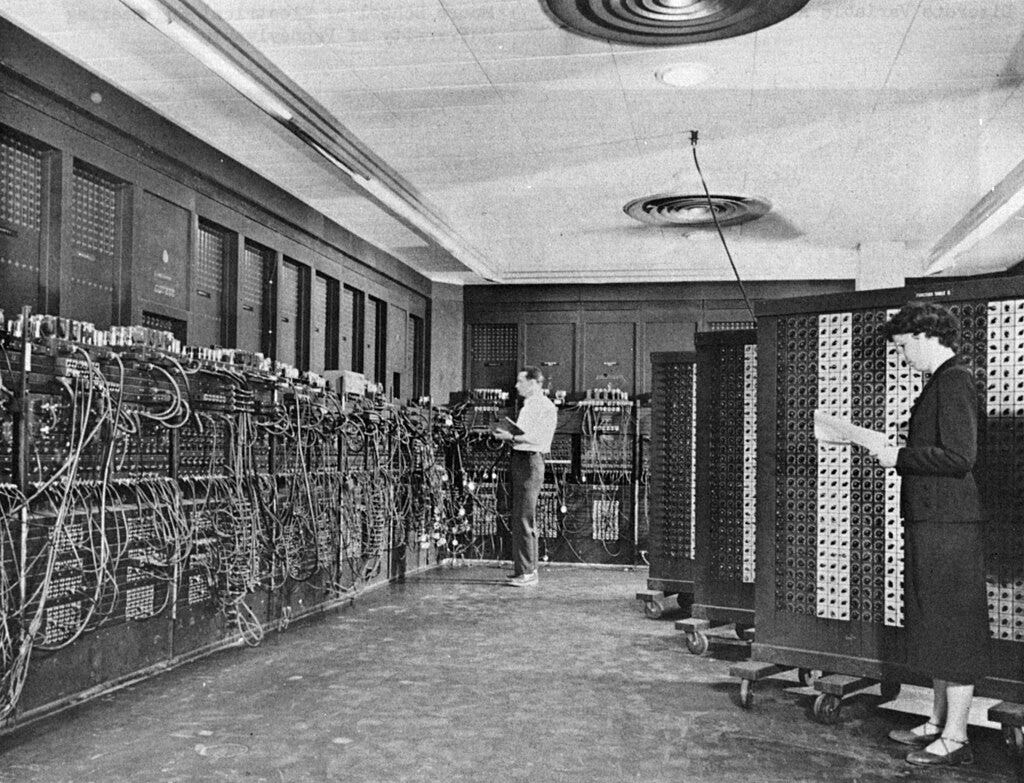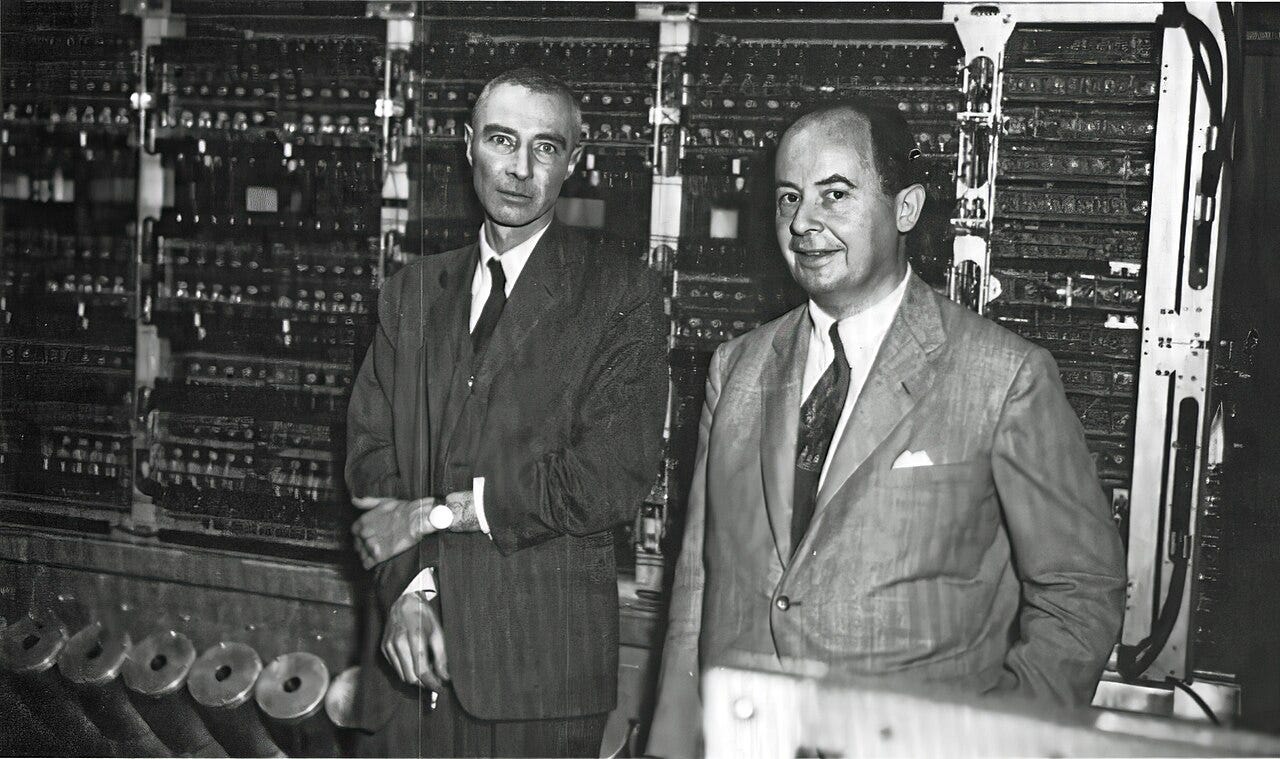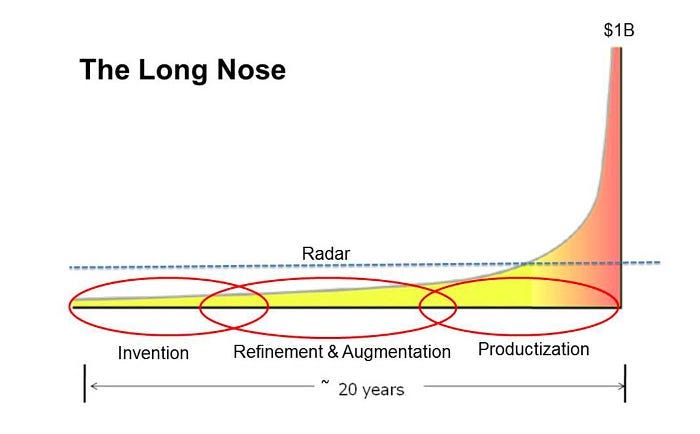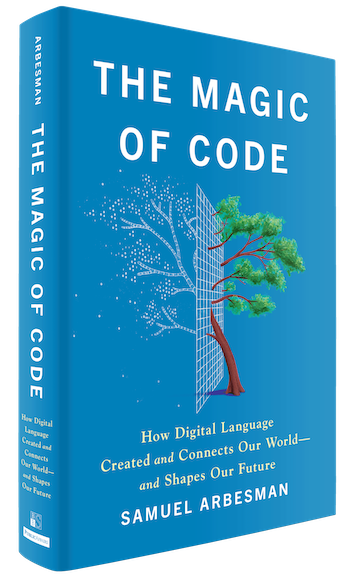☞ Building a Historical Sense in Computing
Unearthing weird and fun facts from computing history
I love the history of computing. This should not be surprising, particularly for those who have read The Magic of Code. But being able to place our technological advancement into a historical context, to understand the path dependence and contingency, to see the long paths that early developments take to become everyday tools—all of these are necessary for thinking about the future of computing.
As often attributed to Alan Kay: “A change in perspective is worth 80 IQ points.” And history can do that really well. We need to cultivate more of this computational “historical sense”—a phrase used by T. S. Eliot and that I first heard from
.So when I find interesting facts and ideas about computing history, I try to internalize them. Here are some fun ones worth thinking about:
The ENIAC and Humanity’s Computing History
From the Computer History Museum: “It was believed that ENIAC had done more calculation over the ten years it was in operation than all of humanity had until that time.” Humbling and wild. This also could imply that until the 20th Century we were far from a quantitative civilization.
The IAS Machine and Humanity’s Memory Storage
From George Dyson’s Turing’s Cathedral: “In March of 1953 there were 53 kilobytes of high-speed random-access memory on planet Earth.” Things have changed a bit since then. But I am struck by the early days of a technology where you can actually identify and count every instance of a technology.
Also, a month later the double-helix model of DNA was published.
The “Long Nose” of Tech Innovation
From Bill Buxton: ‘What the Long Nose tells us is that any technology that is going to have significant impact in the next 10 years is already at least 10 years old. Any technology that is going to have significant impact in the next 5 years is already at least 15 years old, and likely still below the radar. Hence, beware of anyone arguing for some “new” idea that is “going to” take off in the next 5 years, unless they can trace its history back for 15.’
Things take time, though I wonder how true this kind of developmental timeline is still true. (See also “lateral thinking with weathered technology.”)
The Surprisingly Long History of Emoji
From Emoji history: the missing years: “At this point, I couldn’t quite believe what I was seeing because I was under the impression that the first emoji were created by an anonymous designer at SoftBank in 1997, and the most famous emoji were created by Shigetaka Kurita at NTT DoCoMo in 1999. But the Sharp PI-4000 in my hands was released in 1994, and it was chock full of recognisable emoji. Then down the rabbit hole I fell.” And so the timeline gets extended further and further back.
What should we do with all of this information? Right now, I just enjoy keeping this kind of thing rattling around in my mind, as strange bits of information that might be useful. But this collecting of historical anecdotes can often be the precondition for insight, something that fits nicely with the Linnaean Instinct, which I have noted is related to technological archaeology:
And this Linnaean instinct in technology allows us to manage technological history and to learn from it. It’s a prerequisite for learning from what has come before us. You first need to collect and organize old hardware and software (such as here or here), or even computers from alternate universes, from all the paths not taken.
So keep on the strange edges of computing history, whether through reading about the origins of concepts in computer science as found in Ideas That Created the Future (or other books from my Humanistic Computation Project) or even just checking out out old computing magazines on the Internet Archive (there is a lot to be found there, as I discussed awhile back).
But no matter what, keep on cultivating a historical sense in computing. It is part of building a more humanistic approach to computation. ■
Please consider reading and reviewing my new book The Magic of Code:
Here are some more recent podcasts I’ve done related to the book:
And don’t forget to listen to The Orthogonal Bet:
The Enchanted Systems Roundup
Here are some links worth checking out that touch on the complex systems of our world (both built and natural):
🜸 Self-Assembly Gets Automated in Reverse of ‘Game of Life’: “In cellular automata, simple rules create elaborate structures. Now researchers can start with the structures and reverse-engineer the rules.”
🝤 AI-Designed Phages: “A new paper shows that a generative AI model can design viable bacteriophages.”
🜚 Still booting after all these years: The people stuck using ancient Windows computers
🝳 from counterculture to cyberculture (ft. fred turner): Fascinating interview of Fred Turner by
(so much interesting in this conversation, including the importance of understanding history when building technologies).🝤 The strangest letter of the alphabet: “The rise and fall of yogh”
🜹 Redshifted civilizations, galactic empires, and the Fermi paradox: “We consider several scenarios in which a civilization can migrate to a time-dilated frame within the scope of classical general relativity and without incurring a biologically intolerable level of acceleration.”
🝊 How Pickleball Explains American Culture: “In 2019, pickleball was half as popular as badminton. Last year, it was more popular than baseball. What does its rise tell us about fads, fitness, and culture?”
🜸 Tomoya Ikeda - Macintosh Artist
Until next time.








